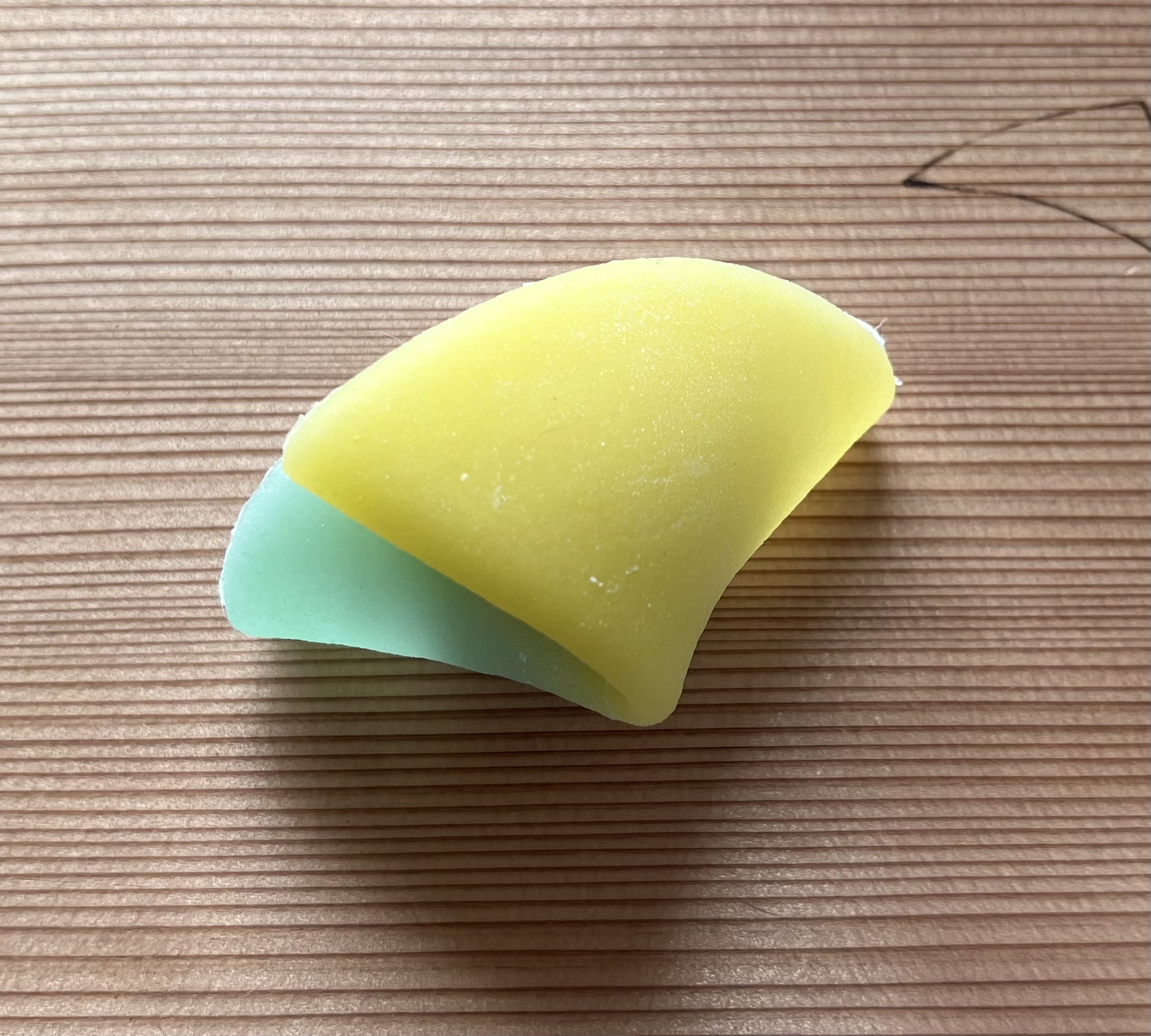
Yeah! +1 for YNAB. Been on it for around 6 months now, can’t imagine not using it anymore.

Yeah! +1 for YNAB. Been on it for around 6 months now, can’t imagine not using it anymore.


Couldn’t agree more. I grew up poor, and I’ve been lucky to find a well-paying job in my adult life. It makes me feel so good to be able to do the things for people that I couldn’t do when I was younger. I love that quote too - that’s totally true for me. I think I get more satisfaction out of being able to offer something than the person actually receiving the thing.


Yeah, that’s my guess too. I assume there’s some nuance to it that I’m not privy to, but real estate has to be a huge factor.


As a datapoint from the other side, my company (big tech) is holding the party line no matter what. Lower level engineer or director - if you don’t come in the requisite number of days a week, you’re out. It’s a bafflingly short-sighted move, but company culture is more important than anything apparently.


I think part of the issue around the AI art controversy is the difficulty in drawing a clear box around it all. There’s plenty of work going into the legal side of things (is it copyright infringement etc etc), and I won’t get into that, but I feel like it’s reeeal hard / perhaps even impossible to clearly label art vs non-art vs “human-created” vs whatever.
It’s always going to be subjective and up to the person actually spending money to decide the value, just like art always has been. People also thought that the printing press and stencils would spell the end of “real art,” but it didn’t. We pay less for a print of a painting than the real thing, but we still value the print.
All that to say, for me, this is not worth $60. I understand the DnD branding and whatever, but I will not pay $60 for this. And I think this is how much of the discourse is going to go – individuals deciding how much they value something, then creators adjusting accordingly.


I don’t have an issue with AI-generated art as a concept. An artist friend of mine did a series of AI art that was really moving, and it wouldn’t have been possible to do without AI. He was upfront about the use of AI and even incorporated it into the art itself.
My issue is masquerading AI-generated art as human-created. If I pay $60 for a book of art, I’m not just paying for the art. I’m paying for the time it took the artist to create these works, for the creativity they’ve cultivated over the years, and for ongoing support for them to be able to create more works like this in the future. We can debate how you value the worth of a good (ie if you have two identical dishes, one cooked carefully by a trained chef and another made by a machine, which is worth more?), but to me, it’s not simply about the outcome.


Paying $60 for a book whose art was generated using some text prompts, especially when I expected it to be human-made, feels like a slap in the face.
(And definitely, but I would argue that a human drawing on a screen with a brush tool is different than using a generative AI network to produce entire images via text)
I’m about 50/50 for browsing on my phone vs on iPad (with keyboard). I’d happily use Bean more if it felt more iPad native, but for now I’m mostly using Thunder and Voyager on iPad. (Occasionally Mlem – I like the sidebar, but image previews aren’t working for me).


I’ve been trying to follow, but clearly I missed it - anyone know if there’s an iOS client in the works, or will this be Android only?


I know french doors with water / ice dispensers are way more prone to breaking than ones that don’t route water through the door, but man, I love mine. Having filtered water easy to access makes me so much more likely to actually drink water regularly.


It’s one of the few games I’ve sunk triple-digit hours into. Such a good game.


Sekiro (RPG).
It’s not necessarily representative of RPGs as a whole, but man, I have never played a game that felt so polished. The combat is immaculate, the levels are beautiful, and more subtly, the power scaling is really well tuned. Because it’s not open world, they were able to hand tune the enemies’ difficulty more closely to match your own progression, and for me, it resulted in fights that always felt challenging but fair.


Language learning is a long, long process, and it’s important to make sure your habits are sustainable. It doesn’t really matter what’s optimal if you get demotivated and stop learning, so above all, you should do whatever keeps up your learning process. Don’t force yourself to speak the flashcards aloud if that will discourage you from the whole thing.
That, and don’t worry about optimal. There are no bad habits that can’t be unlearned (and the value you’d get out of speaking would far outweigh any effort you need to invest in the future if you want to improve your accent). Speaking would be great, but as long as you’re learning grammar and vocabulary, you’re on track.
The /r/LearnJapanese subreddit wiki is still the best place to find this kind of information, unfortunately. Maybe we start to populate our own to rely less on Reddit, but for now, I would start there (main wiki page), with a specific answer to your question being on the resources page.
For a personal answer, I’ve relied heavily on Anki (flashcard software) with a Core 2000 deck (e.g. https://ankiweb.net/shared/info/2141233552). There are lots of variants of the deck if you search for anki core 2000 deck, but they’re all vocabulary lists sorted by how common they are in everyday language. Super useful.
Personally, I haven’t brought myself to start using it yet, because I like having everything visible all in one place. I’ve thought about making a view for my most highly variable categories (e.g. my going out money, not my fixed monthly bills), but I can mostly accomplish the same thing by just putting those categories at the top.
To be fair though, I’m also pretty reluctant to change emails. I switched everything over, and while it sounds like you can emulate the allowlist with other services, I reeeally don’t want to switch yet again :/
I’m using Hey, and while there are some issues with the company (namely, the CEO enacting some shitty employee policies during the pandemic), their email service is great.
Particularly, I love their email allowlist. Whenever you get an email from a new sender for the first time, you have the option to allow or deny their emails from then on. I used to always have thousands of unread emails when I was on Gmail (most things just routing to an unused “Newsletter” folder), but now, pretty much every email I get is one that I actually want to read.
It’s a paid service, and tbh debatable whether or not it’s worth the price, but the screening feature singlehandedly makes it worthwhile for me.


I’ve switched from All to Subscriptions only, and I’m getting some really wonky Hot posts. The first ~20 posts are fine, but after that, it starts serving me reeeally old content. (Reproduced in multple apps, so it’s not just Memmy).
Genuine question, because the Lemmy app I’m using right now (Thunder) doesn’t show instances next to user names, and I haven’t generally been paying attention to which instances host which communities. What about kbin makes it attractive to inquisitive people?
It’s just a bank account at the end of the day, and it’s FDIC-insured, so why not?
I’m using SoFi right now (4.5%), but I’d switch to Wealthfront in a heartbeat if they had joint account support. They’re always very fast to raise the rate when the fed announces a rate hike, and they seem generally pleasant to use from what my coworkers say.